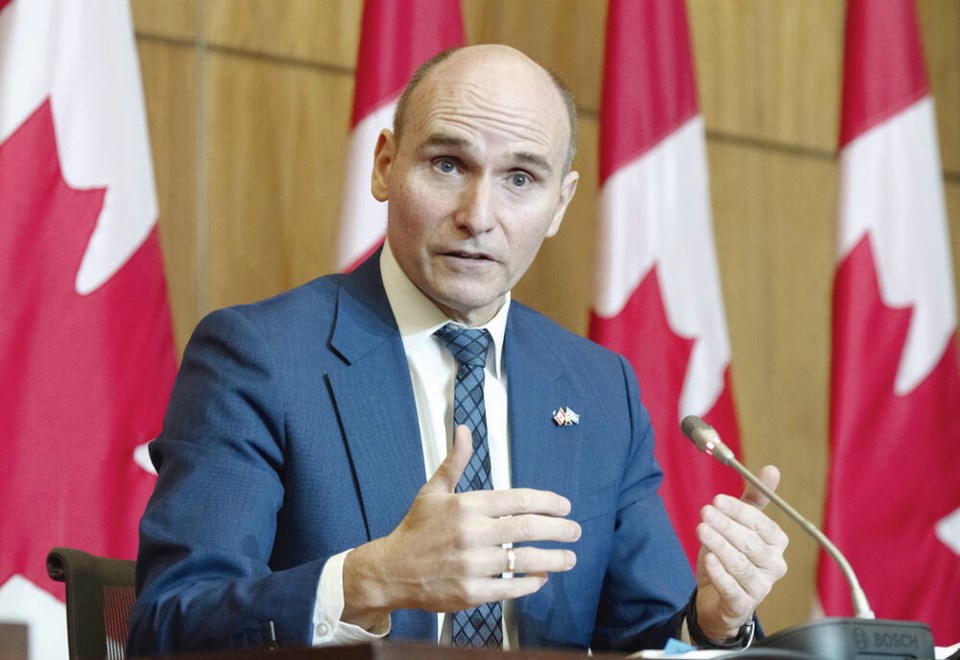Federal Health Minister Jean-Yves Duclos has announced funding of $1.5 billion over three years to help defray the cost of expensive drugs for rare diseases, known as EDRDs.
Most of the money will flow to the provinces to help pay the rapidly increasing price tags for these medications. Some cost up to $2 million per patient per year.
While the new funds will be welcome, this scheme shows every sign of having been hurried into place. It appears no provincial representatives participated in the announcement, nor did any of the research agencies named in Duclos’ statement.
However the issue is rather what Duclos didn’t do. There has been a rapid escalation in the number of expensive drugs in recent years.
EDRD sales in Canada soared from $300 million in 2011 to $3.1 billion in 2020. More troubling, the annual growth rate over that period climbed progressively upward.
If this trend continues, by 2025 annual sales may reach $8 billion. Duclos’ cash infusion of just $500 million a year looks inadequate against figures like these.
No doubt some of the increase is due to opportunistic gouging. Last week Moderna announced that it is tripling the price of its COVID vaccine because the number of people infected with the virus has fallen.
An increase may be warranted, but a tripling? Most of the research costs for the vaccine have already been recovered.
However the real concern is that new gene-modifying technologies are bringing large numbers of new drugs into the pipeline every year.
And the question becomes, how is this to be paid for?
At present, B.C. spends $160 million a year on EDRDs. That’s close to 10 per cent of the Pharmacare budget.
Yet the number of patients treated with these drugs is just 0.03 per cent of Pharmacare beneficiaries. On average, fewer than 30 people in B.C. have one of these rare ailments.
In effect, tiny numbers of patients are eating up a far greater share of available funds than their presence in the population would indicate.
And what happens when EDRDs grow from 10 per cent of the Pharmacare budget to 20 per cent, then to 30?
The basic problem is that there is no effective marketplace competition for these drugs, because the number of patients is so small. As a result, the industry can charge what it wants. And at prices few people can afford, it is governments who will have to bear the cost.
That leaves health ministers facing what amount to ransom demands — pay up or your patients may pay with their lives.
We’ve learned to deal with the issue of monopoly suppliers in other sectors, like ferry operators or electricity producers, by setting in place regulators.
Something of the sort is needed here. Pharmaceutical companies go to great lengths to hide their true research and development costs, yet we know to a rough estimate how much is required to produce and market a given drug.
Individual provinces don’t have the purchasing power to set the price they will pay, but the federal government, acting on their behalf, has at least some of the weight required to make a fair price regime stick.
Certainly if Ottawa would co-operate with other countries, all of whom face the same pressure, this could be done.
To date, neither the current federal government nor any of its predecessors has shown an interest in taking on this task.
A Liberal government, with assured NDP support, could, and should, make this a priority.
With his announcement, all Duclos has done is help the provinces pay the industry’s ransom demands. He can do better.
>>> To comment on this article, write a letter to the editor: [email protected]



